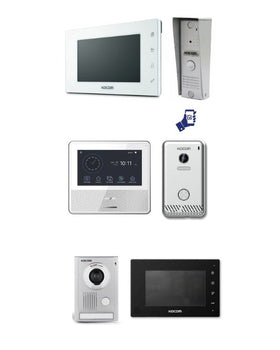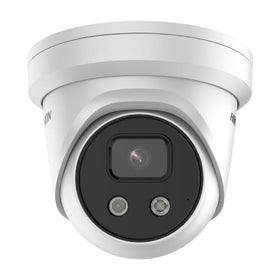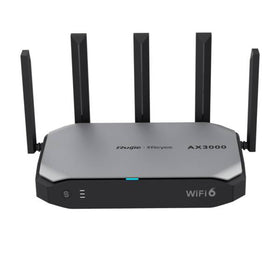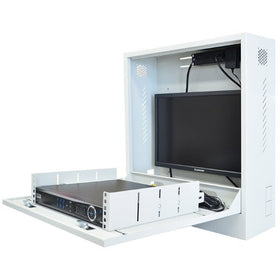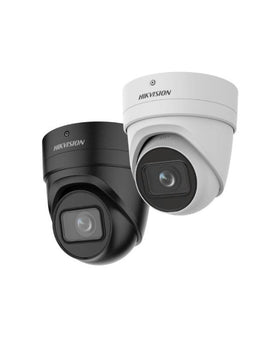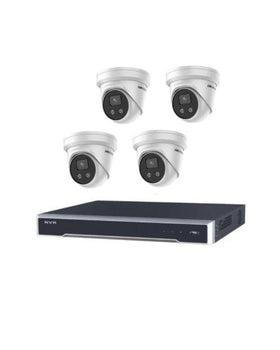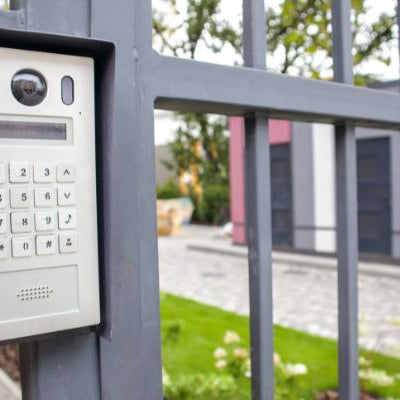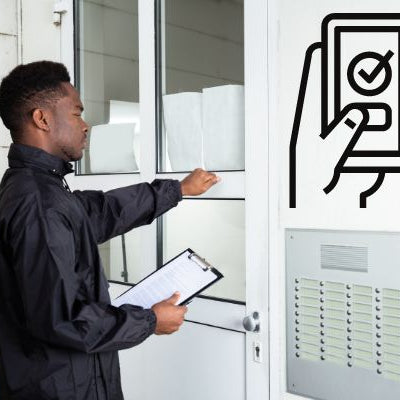

Choosing An Electric Door Strike
Choosing an electric door strike requires considering several factors to ensure compatibility, functionality, and security. Here are some key points to consider:
-
Compatibility: Ensure that the electric door strike is compatible with your specific door type and lock mechanism. Measure your door's thickness, width, and type (wood, metal, glass) to ensure a proper fit. Additionally, check the voltage requirements and wiring compatibility of the electric door strike with your existing access control system or intercom.
-
Fail-Secure or Fail-Safe: Decide whether you need a fail-secure or fail-safe electric door strike based on your security requirements. Fail-secure strikes remain locked in the event of a power failure, while fail-safe strikes unlock when power is lost. Consider factors such as building codes, emergency evacuation plans, and the desired level of security for your application.
-
Holding Force: Consider the holding force of the electric door strike. The holding force determines the strength of the strike in keeping the door securely closed. Ensure that the strike can withstand the force exerted on the door to prevent unauthorized entry or tampering.
-
Voltage and Power Requirements: Check the voltage and power requirements of the electric door strike. Ensure that your access control system or power supply can provide the necessary power to operate the strike effectively. Additionally, consider energy-efficient options to minimize power consumption.
-
Locking Mechanism: Evaluate the type of locking mechanism provided by the electric door strike. Common options include deadbolt, latchbolt, or rim latch strikes. Choose a strike that is compatible with your door's locking mechanism to ensure proper functionality.
-
Security Features: Consider any additional security features offered by the electric door strike. Look for features such as built-in sensors, alarms, or tamper-resistant construction that enhance the security of the strike and provide additional layers of protection.
-
Durability and Construction: Ensure that the electric door strike is made of durable materials and designed for long-lasting performance. Look for strikes that are resistant to corrosion, tampering, and harsh weather conditions if they will be installed in exposed areas.
-
Brand and Reviews: Research reputable door strike brands that specialize in access control systems and electric door strikes. Read customer reviews and ratings to gauge the reliability, performance, and overall satisfaction associated with different products.
-
Professional Installation: Consider consulting with a professional locksmith or security system installer, such as CTC Communications to ensure proper installation and compatibility with your existing door and access control system. They can provide expert advice and ensure that the electric door strike is installed correctly for optimal performance and security.
By considering these factors, you can choose an electric door strike that meets your specific requirements, integrates well with your access control system, and enhances the security of your premises.

